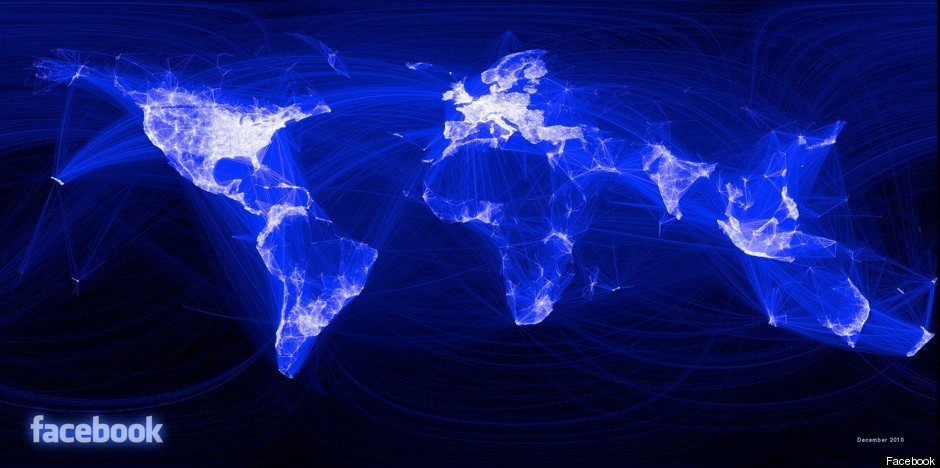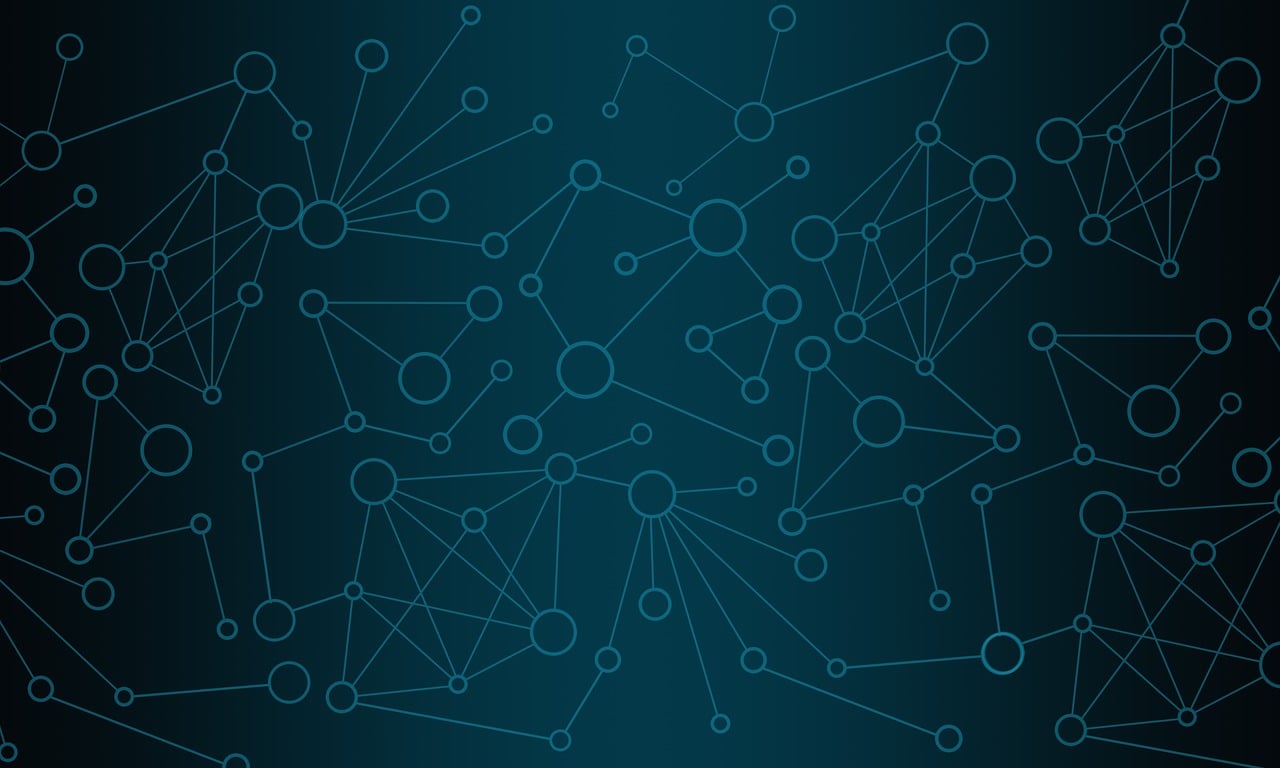A little while ago, someone tweeted his awe of the fact that over 600 million people are connected to each other on the one platform: Facebook.
This got me thinking, are all these people really “connected”…?
I’m sure you’re familiar with the Six Degrees of Separation principle. It holds that on average, anyone is only 6 personal relationships away from anyone else. Whether Facebook adds anything to the equation is questionable.
Take Madonna for example.
Madonna has a Facebook page – well, I think it’s her. There’s a problem already. For the sake of this argument, let’s accept it’s her.
I can write a message on her wall and hope she replies, but that’s not really the point. I could also mail her a letter or press the buzzer at her Hollywood mansion.
The point is connectedness. For the theory to hold up, I must be only 6 Facebook users away from the Material Girl, and thereby be able to engineer a personal introduction.
Maybe in theory I can, but while I know who I’m connected to, I don’t really know who they’re connected to, let alone who they are connected to. And that’s only a few degrees in.
Sure, I could ask “Does anyone know anyone who knows anyone who knows anyone who knows anyone who knows Madonna?”, but that would be a tad silly. No one could possibly know.
Alternatively, I could say “I’m trying to meet Madonna – can you arrange an introduction? Pass it on…”
Again in theory, my message would reach someone who could indeed arrange an introduction, but the probability of that happening is ridiculously low. Human nature dictates that a rapidly diminishing number of people will pass it on, let alone to the extent required to get a hit.
So while 600 million people are technologically connected on Facebook, practically they aren’t because everyone’s effective network only stretches so far.
The best we can do is stretch it as far as possible.



